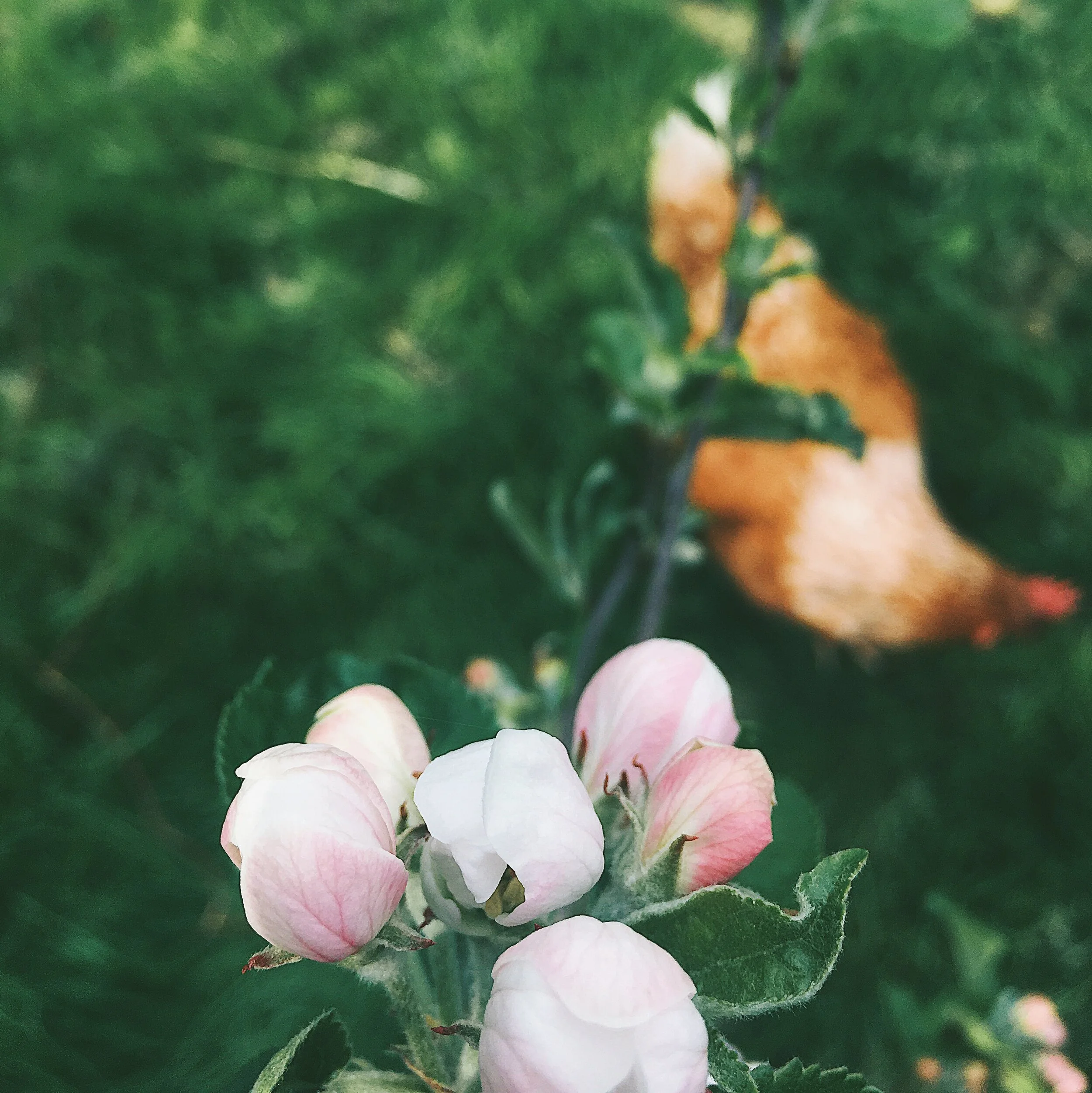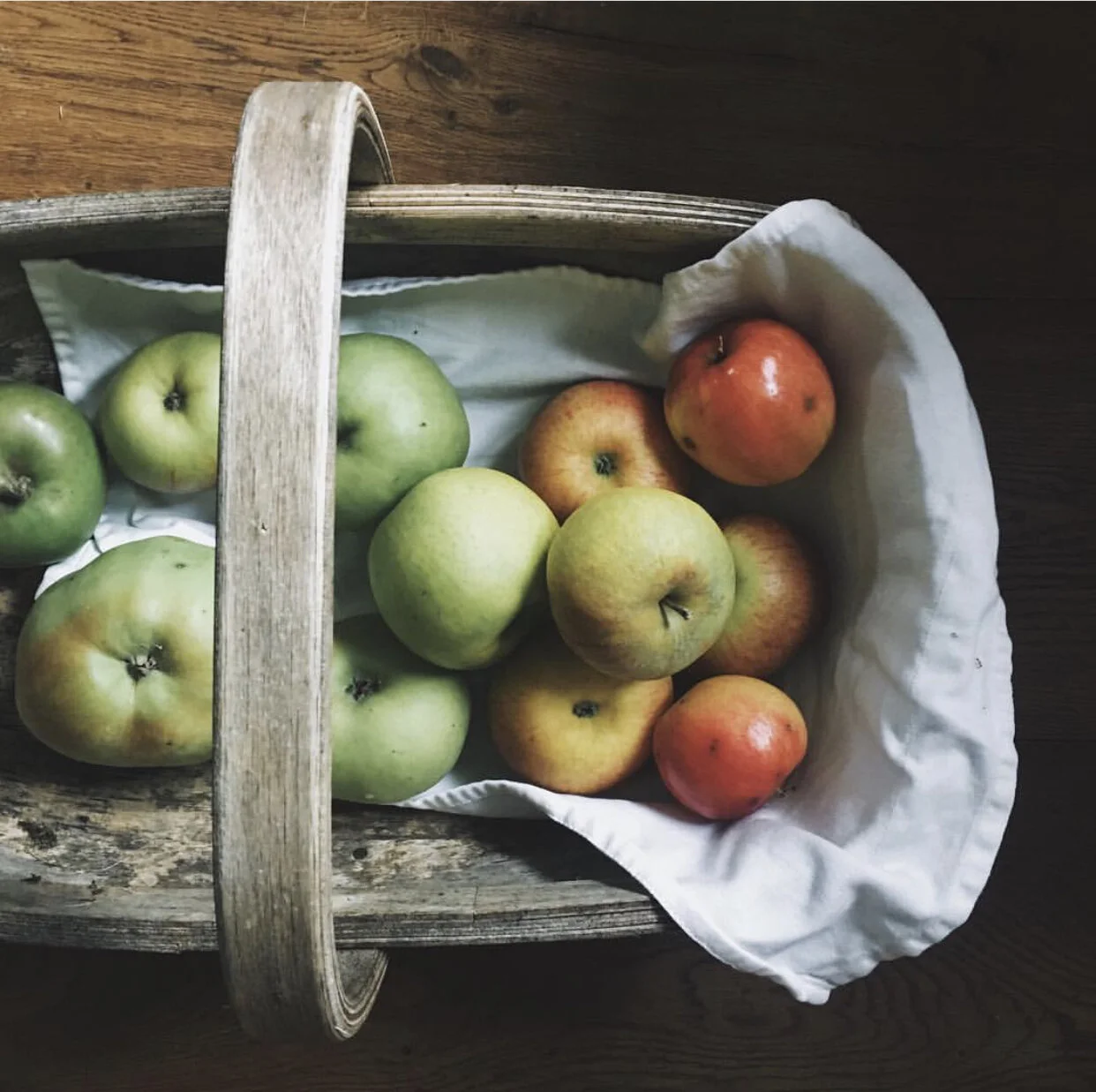Instagram has made me a better writer. Sounds a bit odd, doesn't it? After all, Instagram is a visual platform—the photograph taking precedence.
The caption, however, should not be neglected or ignored. In fact, your words in this space are what encourages the reader to slow in their scrolling, to pause as their finger hovers over the double-tap. Then their finger relaxes as they allow your words to wash over them. It enables you not just to engage and to create a connection but also to experiment with how you use words and to grow as a writer.
I treat each Instagram caption and each blog post as an opportunity to tell and share a story. When I use the phrase 'tell a story' though I don't mean that every time you post on Instagram you have to think of something amazing to share. What I love, what many people love, is an insight into your life. A teeny tiny peek. So, it could be how you ran out of milk and had to run to the corner shop in your slippers to fetch some more. Or how you hadn't had a good night sleep and that first sip of coffee was like nectar.
I think so many people get stumped on the caption because they believe they've got to supersize their life experiences. That they have to entertain like they're on a film set. When in reality all they've done is get up, fed the animals, fed their children and are having that first cup of coffee whilst uploading to Instagram.
But here's the thing. The simplest thing, like making a cup of coffee early in the morning, can be used to evoke how you're feeling thus creating a compelling and engaging caption.
Instead of saying 'Coffee time. I need this after a bad night's sleep.' Say something to evoke a mood:
'My eyes thick with sleep I heaved myself out of bed after a mental struggle that lasted a full five minutes. Unable to find my slippers, I plodded downstairs, cringing when I stood on the squeaky step. I stood there silently, not daring to breathe, hoping I'd not woken anyone. When I could finally take a breath I made my way down and entered the kitchen. The overhead lights were far too bright so I made do with the glow of the kettle and popped a coffee pod in the machine. As the machine made it's far too loud early morning noise the kitchen filled with the scent of coffee and I could already feel my bones starting to wake up...'
I've literally just made that up. It isn't the best piece of narrative non-fiction ever but that's the point. It's your chance to experiment to have a go. Doing this on a consistent basis will also help you discover your writing voice.
In the paragraph above I've probably over cooked the descriptions for illustration purposes- but can you see the difference between the paragraph and sentence about making coffee? Did you picture me waking up and making the top step of the stairs squeak too loudly?
That's the key. Let the reader do some of the work. Let them see and feel what you're describing.
Don't tell them what it is. Show them.
Next time you post on Instagram, or any other social media, think about those few lines and make them count. Describe the moment. Don't just say 'beautiful poppy' like I've done in the past. Tell us what you were doing or thinking about before you saw the poppy. Why did it capture your attention? What else was happening around you? What could you hear or smell? Grab your audience and pull them directly into your picture.
Want some specific help with your Instagram? Then take a look at my mentoring service.







